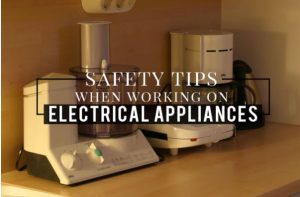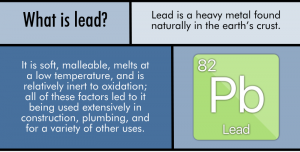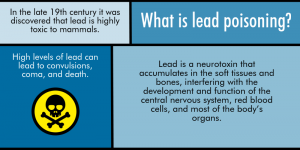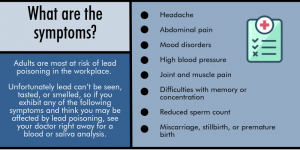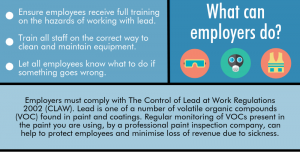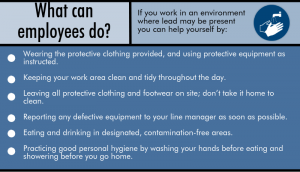5 Vital Warehouse Safety Principles To Keep In Mind At All Times

Source: pixabay.com
As far as warehouse safety is concerned, there are a great many things that people tend to overlook even to this day. As hard as this may be for some of you to believe, it is true for a lot of warehouses across the board. Things only go wrong when certain safety principles and procedures and completely disregarded and more people need to recognise this fact as soon as possible. After all, once the calamity has occurred, the damage is done and there is little one can do about it.
As they say – prevention is better than cure. Many warehouses across the board tend to neglect key aspects just to save money in the short term. However, the costs of neglecting the overall safety of a warehouse could prove to be extremely high in the long run. Unfortunately, a lot of warehouse owners don’t realise this fact until it’s too late.
Having said that, warehouses across the board need to make the implementation of all of the safety regulations a key priority in every sense of the word. Since the warehouse is the centre of every work and business related aspect across the board, one must ensure that it remains safe at all times. On that very note, let us take a closer look at the five most important safety principles of a warehouse:-
Be sure to eliminate all potential safety hazards: This means that there should be no “slip and trip” hazards anywhere to be seen plus the safety check needs to be carried out on a regular basis. Any cracks in the wall and floor plus loose equipment and wiring should be taken care of immediately.
Make sure that safety equipment is used as much as possible: For items that are too heavy to lift manually, all the necessary provisions must be there such as hydraulic dollies as well as forklifts. Other important aspects are emergency exits, roof sprinklers and protective clothing. Not to mention the fact that all your workers should be aware of them as well.
Don’t forget to label any hazardous zones: All the hazardous zones need to be properly designated plus properly-installed safe walkways should be highlighted at every turn. The use of tape or even black and white stripes for this is recommended. This will ensure that no major accident takes place.
Safety lifting techniques are an absolute must: When a heavy load needs to be transported, you can be sure of the fact that the method of lifting needs to be analysed first. Once that is done, you will need to make sure that there are no obstacles in the way plus there is enough space to transport the load to its destination.
The aspect of refresher and training courses: This is to make sure that every member of your staff is up-to-date with all of the necessary practices and regulations within the workplace. In most cases, accidents tend to happen due to the fact that workers are not really that aware of the necessary safety procedures in a moment of crisis. Being aware of the regulations will also mean that they are fully aware of the consequences as well.
At the end of the day, you need to keep in mind that your warehouse needs to be free of any kind of hazards as much as possible. Only then can one expect the best possible work from their employees. And most importantly, educate the men under you about the potential hazards every step of the way. That will show that you care about them and you want to keep them as well-informed as possible in order to minimise risks in general.

